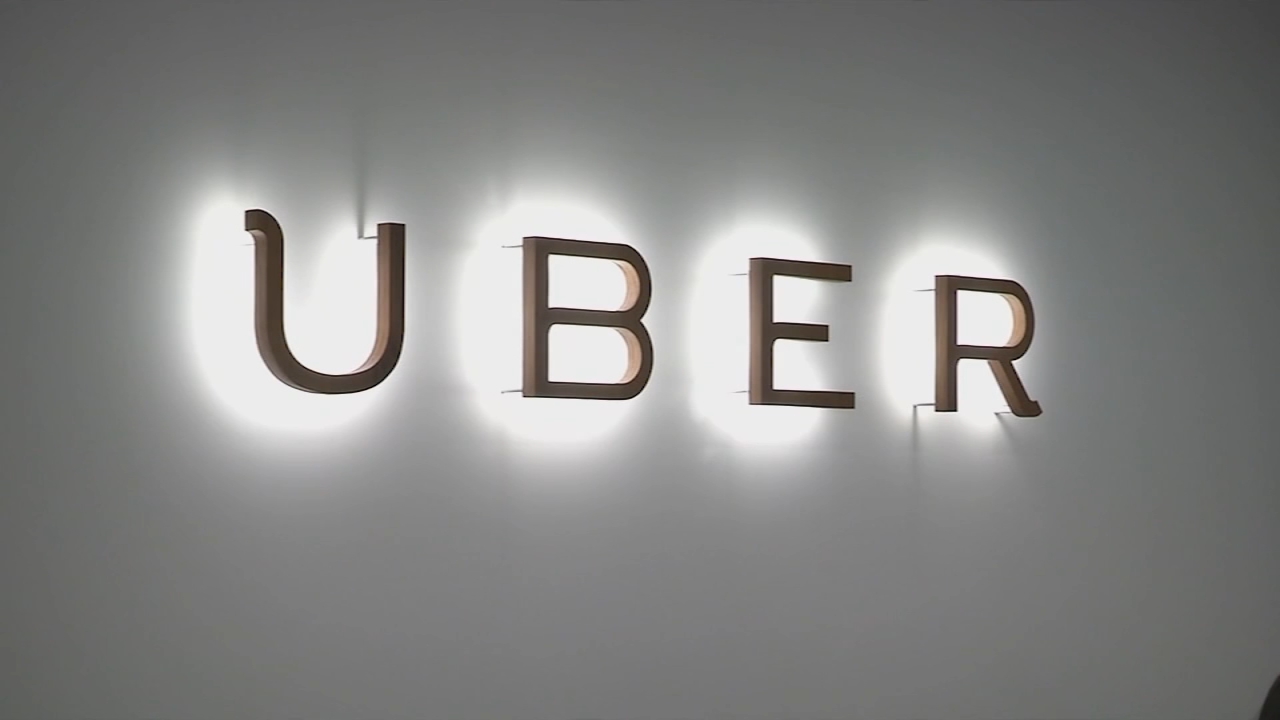Top 7 questions about Golden Gate Bridge suicide net

SAN FRANCISCO (KGO) -- It's been five years since the Golden Gate Bridge District agreed to build a suicide barrier. But it wasn't until Monday that they said they finally have the money to get the job done.
The Golden Gate Bridge's General Manager announced Monday he has a funding plan in place for a suicide prevention net. The cost -- $76 million. But where will the money come from, and will tolls increase as a result?
The ABC7 News Investigative Team first reported in February that 2013 was a record year for suicide -- 46 people died jumping off the bridge. And since then, the team has been overwhelmed with questions on social media about the suicide netting. Here are answers to the top seven questions sent in by viewers.
Question 1: How will the suicide net work?
Three-and-a-half miles of marine-grade steel wire will line both sides of the Golden Gate, 20 feet down from the walkway and 20 feet across. If someone were to jump to the net, the impact would injure them.
Denis Mulligan, Golden Gate Bridge District General Manager, tells the I-Team, "For whatever reason, suicidal people don't want to hurt themselves, they want to die. The thought of jumping into a steel net down 20 feet has proven to be completely effective in a whole host of other locations."
Mulligan says in other cities that use a similar system on their bridges, the suicides flat out stopped.
Question 2: Won't people just find some other way to take their lives?
Mulligan says studies show 90 percent of people who were stopped at the Golden Gate before they jumped went on to live long lives, without committing suicide in another way.
Noyes: "So, you're saying that people seem to fixate on the Golden Gate, if they can't commit suicide there, perhaps they won't."
Mulligan: "That's what many researchers have studied, that's what they've concluded."
Question 3: How will they retrieve someone after they land on the net?
The bridge district is studying options, including a special truck that would lower an arm down to the net.
But Mulligan says, "We're now meeting with the local emergency responders and we may come up with a different method to rescue people from the net."
Question 4: Will the $76 million cost of the suicide net lead to another toll increase?
Mulligan says, "No," that $20 million will come from bridge district reserves, $7 million from state mental health funds, and most of it -- $49 million -- from the federal government.
Mulligan told the I-Team, "As recently as two years ago, it was not eligible to receive any federal highway funds. Fortunately, there was a change in federal law."
Question 5: Will the suicide net affect the beauty of the Golden Gate?
Mulligan answered, "It will be visible from the vista points on the two ends of the bridge, but people who drive across the bridge will not know that it's there, people who are down in Crissy Field or in the Marin Headlands will not see the net because it will blend in with the rest of the bridge."
Question 6: Could the netting strain the bridge structure because of the wind?
Mulligan points to the Tacoma Narrows Bridge in Washington State that bucked wildly in 40 mile per hour winds before it collapsed.
The Golden Gate will undergo a "wind retro-fit" to accommodate the suicide nets.
Mulligan says, "Long span bridges, the cross section, the handrails, the deck, the shape of the trusses, the boxes below, are like an air foil or a wing. And little changes are like changing the flap on a wing."
Question 7: When will it be done?
The bridge board votes on its $20 million share this Friday. It should easily pass, and if it goes as planned, the suicide netting will be in place by the end of 2017 or early 2018. One of the board members who has been pushing for the suicide net for decades had a grandson who died at the Golden Gate, earlier this month.











